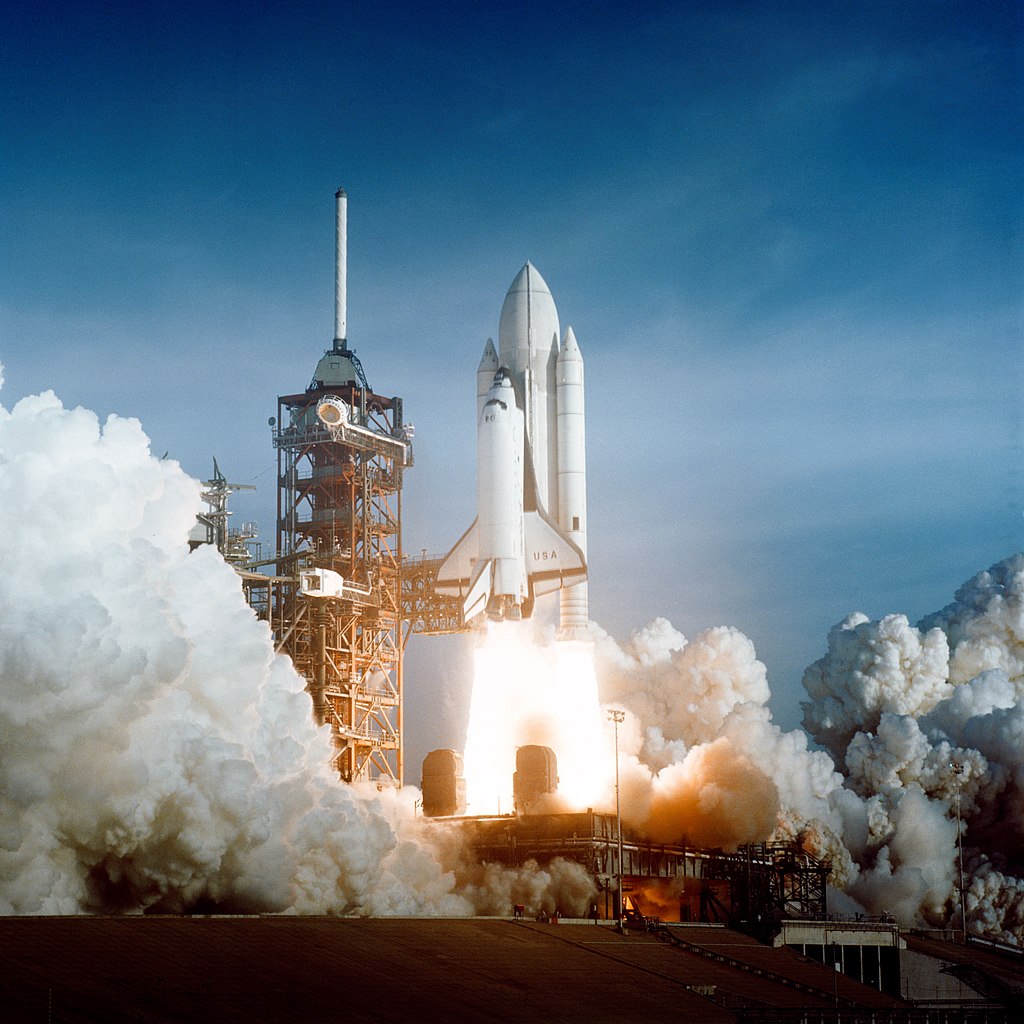With the Perseverance Rover having recently landed on Mars it seems like a good time to explore the world of space food.
Anywhere humans go, a source of food and water has to travel with them. It also has to be nourishing enough that they can complete the tasks required of them.
Food is not just about nutrition; it is also important for morale. This means it needs to be enjoyable to consume. Therefore another challenge is catering to the astronauts whose taste buds have changed due to fluid shifts from weightlessness.
Living and working in an extreme environment calls for scientifically managed food products.
The challenges facing space organisations when designing food to send up to space are
- Easy to handle in a microgravity environment
- Require no refrigeration
- Nutritionally complete
- Be enjoyable
- Weight of the food
- Tastes and texture
- Safe
- Easy to prepare
Freeze-drying
- In order to remain stable in unrefrigerated conditions, freeze-drying techniques are used.
Freeze-drying, also known as lyophilisation or cryodesiccation, is a low-temperature dehydration process that involves freezing the product, lowering pressure, then removing the ice by sublimation.
- Freeze drying leads to good rehydration and less nutrients are destroyed as no heat is applied. This also significantly reduces the weight of the product.
- This weight reduction is even more important with the lengths of missions possibly extending. Both mass, volume and waste need to be reduced.
Testing
Lots of tests such as sensory evaluation, shelf-life testing, analysis and many more need to be run multiple times before a product would be approved by a space organisation to be used on a mission.
Although most of the food is carefully monitored. NASA say that astronauts can also take a few off the shelf items with them.
Conclusion
Developing and improving our space food can also lead to advancements in how we grow\ cook and store food on earth.
Food space systems have developed rapidly from when astronauts were eating out of a metal tube to actively exploring bioregenerative solutions such as grown vegetables as a component of the overall food system. However, there are still challenges and the next big question is how can we feed astronaut son a trip to Mars?
If you think you and an international team may be able to help change food in space NASA and the CSA have a competition called the ‘Deep Space Food Challenge’.



